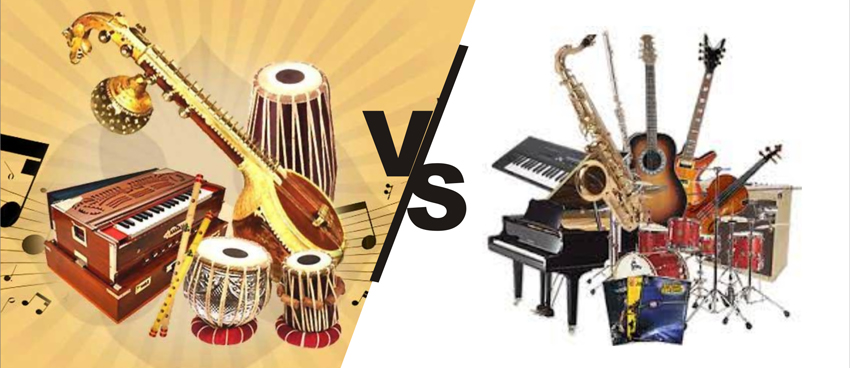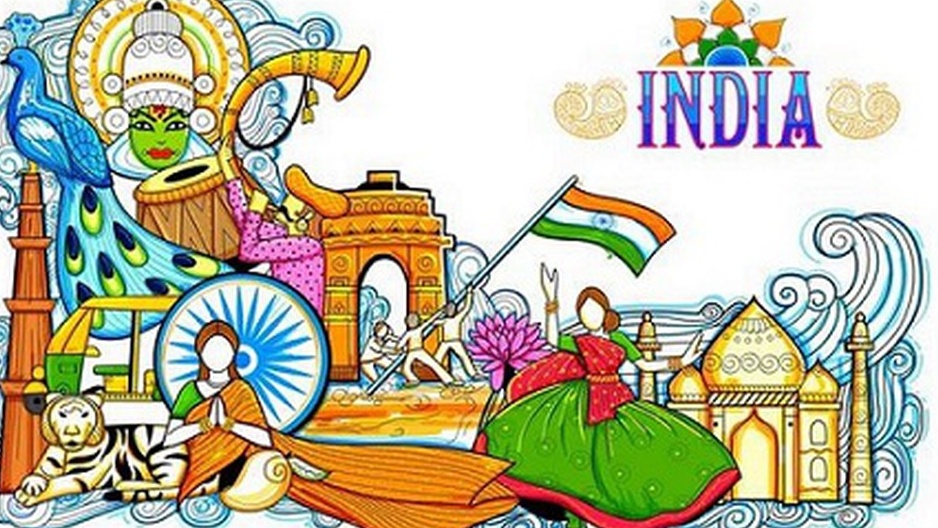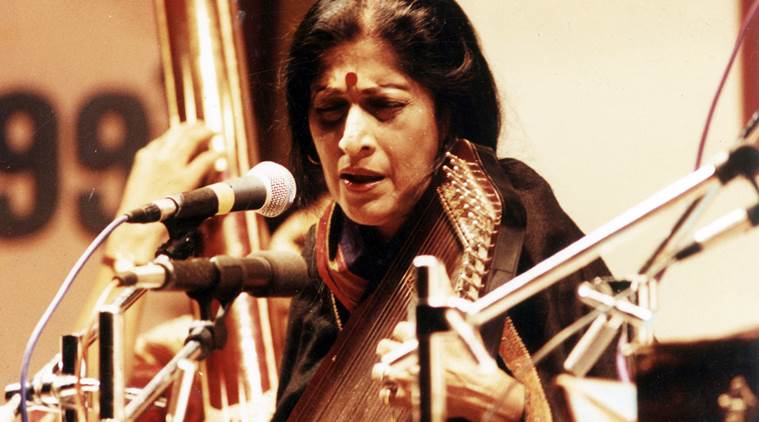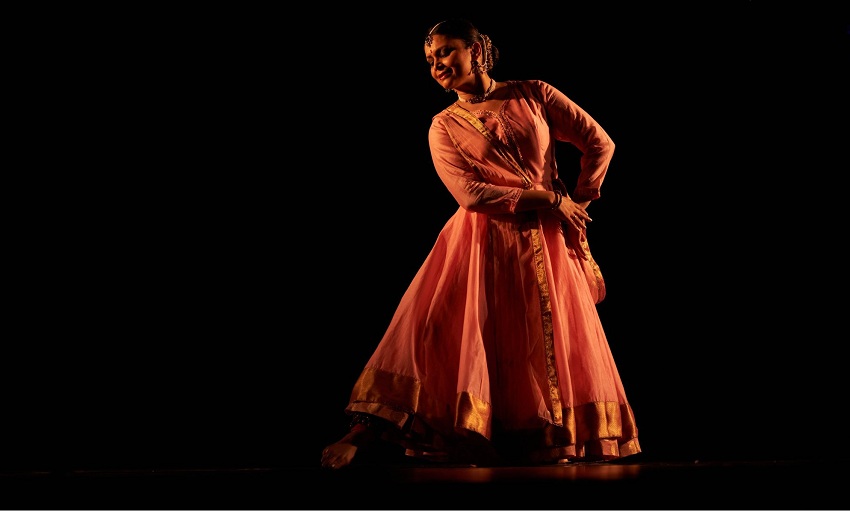Music is a food of soul. We often see people listening to music while walking, travelling, in special occasion and mostly when we feel happy or sad. If we talk technically, Music is the art of arranging sounds in time through the elements of melody, harmony, rhythm, and timbre. Similarly in Indian music “स्वर , लय और ताल के मिश्रण को संगीत कहते है ”. Generally, people consider music as their own understanding. Such as: –
For children – it’s fun, Youngsters – it’s the way to express feelings, Adults – it’s a key to get out of the stress and Senior citizens – it’s the way to connect with God. Music gets change according to the majority’s need. But the real meaning of music for me is to live something that you haven’t experienced in reality but music brings you to that non existing world where you feel happy. That’s the power of music. Indian music has that power to bring emotions through Ragas and has a rich culture.
Indian music
Indian music is one of the oldest music in the world. Where western music originated in 6th century Indian music was invented 6000 years ago. Its origin date back to sacred Vedic scriptures where chants developed a system of musical notes and rhythmic cycles. According to “Natyashastra” written by Bharat Muni, says that Indian music started in the ancient time and was called Gandharva gaan which was known as “Devi devatao ka sangeet”. Natyashastra is one of the oldest and first book (Granth) of Music dance and theater. Indian music has the oldest history and rich culture of singing.
Natyashastra
Music was called “Gandharva” according to Natyashastra. Because “Saam Sangeet” was difficult for common people so similarly Gandharva Sangeet was found and came into trend. The purpose of Gandharva sangeet was to entertain people. Natyashastra has total 36 or 37 Chapters. Music had played an important role in cultural and it had various. aspects during the decades. Generally, we have 3 major eras of music which are as following: –
- Ancient Era (Vedic era)
- Medieval Era (Madhyakaal)
- Modern Era (Aadhunik kaal)
Medieval time was the golden era for music. As well as it was tough time for musicians too. British and Mughal ruled in India and tried to change the trend but Indian music always kept its identity. Now the question is how western music was introduced in India.
Western Music
Western music invented in late 6th century. It was influenced by European countries like England, Wales etc. It has same set of notes which we use in Indian music. But why music is different? Because music has no language but still it has a different style of singing. Hence, after learning both music practically I came to this conclusion that it has some own individuality, culture and style of voice. Although the notes are same however the names of those notes and ways of singing are different. Let’s discuss it briefly: –
Similarities: –
Raag Bhoopali & Pentatonic scale
Pantatinic scale- C D E G A
Raag Bhoopali has 5 set of notes –
SA RE GA PA DHA SA
SA DHA PA GA RE SA
Pentatonic scale has the same set of notes but they call it Pentatonic scale but in Indian Music it becomes Raag Bhoopali Thaat Kalyan.
Major and minor scales
Western music mostly uses chords combination for their pieces for example they use minor chord C-Em-G and according to Indian music minor chord is made with the combination of SA-GA-PA and where GA is use as komal swar.
Differences: –
Melody and harmony
Indian music is primarily based on melody but western music is based on harmony culture. This is the main reason that in India we don’t have much choir and orchestra related activities because Indian music is more towards melody and that is why Rags are used for therapy because it has the power to heal people.
Written and practical music:
As we know that western music is written and sung by the notation on the other hand Indian music is the art form which can be learnt from a “GURU” (person).
Impact on people’s mindset
Indian music is one of the oldest art forms. It is growing gradually and giving an impact on Indians as well as on foreigners. Also, People are willing to learn it from all over the world. Colleges, concert halls, schools are having Indian music classes and workshops. Musicians are keen to collaborate in fusion projects and experimenting unique mashups. Choir performances are taking place in India as well as at international level for example “Gandharva Choir” performed in Serenade choral festival in 2017 at John F. Kennedy center. Indian music is growing and making its own identity in all over the world. Gradually but we all look forward to see Indian music in every corner of the world.
About the Author:
Ketki Singh is an Indian classical vocalist and a PhD researcher. She has learnt music from Gandharva Mahavidyalaya and currently a student of Smt. Kaushiki Chakraborty











3 thoughts on “Sangeet versus Music”
Glad to know all minute knowledge of music…
Good to know about music in a detailed way .. Great article about
Thanks a lot. Keep supporting